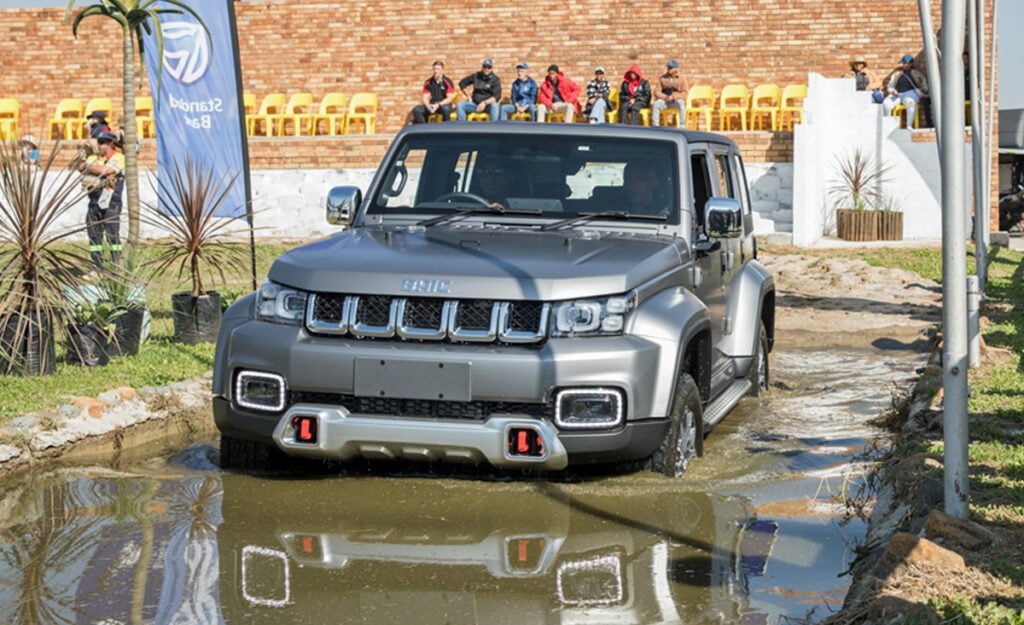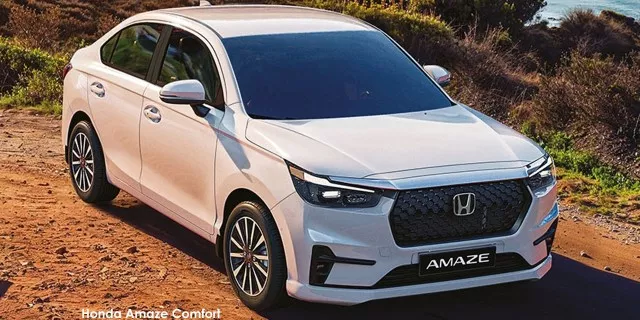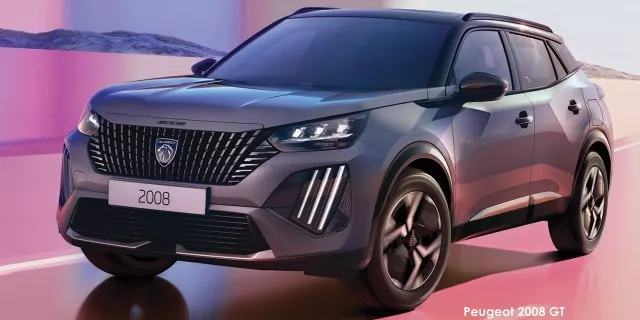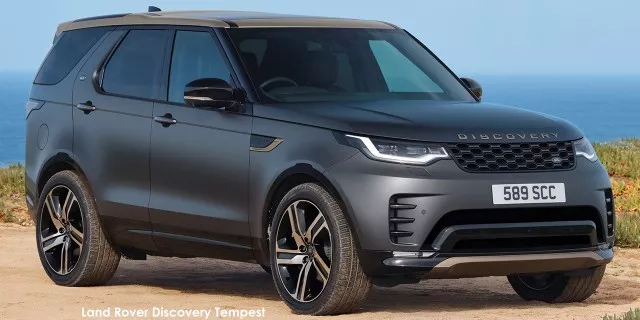The new Polo Vivo is the same price as the old one – Here’s how VW did it

VW recently updated the Polo Vivo for South Africa, making significant additions to the hatchback’s safety and equipment sheet.
Despite this, the Vivo is still selling for between R266,600 and R356,000 – the exact same price as before its big overhaul.
At a time when the margin of all new cars seems to be going up at an alarming rate, the fact that the Vivo’s window sticker hasn’t budged is rather unusual, given that it is objectively offering more than before the update.
During the recent launch of the revised hatch in the Eastern Cape, a company representative shed some light on the thought process behind the decision not to hike its entry-level hatchback’s cost.
Competition closing in
During a Q&A session at the Vivo’s unveiling, it was asked how and why VW South Africa kept the car’s asking price where it was despite all the new features it added.
Long story short, the answer boiled down to two main factors, the cost of living crisis in South Africa, and the looming threat of new competitors, particularly from China.
It’s no secret that the price tags of VW’s catalogue have shot up over the last few years, as popular models like the Polo and T-Cross now go for a minimum of R357,500 and R407,600, respectively.
While a rapidly inflating price is less of a deal breaker for an already premium option like the Touareg SUV, it arguably hurts the Polo Vivo more than any badge as it is meant to serve as the brand’s most attainable car.
The Vivo was first introduced in 2010 as a stripped-down starter hatchback for the South African market, and it was a strategy that paid off as the budget Polo went on to become the nation’s best-selling passenger vehicle.
VW also has a long history in South Africa, earning a loyal fanbase that has pushed it to new heights as the second-best-selling brand after Toyota.
However, this upward trend has started to reverse in recent years, as the automaker’s ever-growing fees are becoming too much for the average salary to keep up with.
Households in South Africa are struggling financially right now, which is reflected in lower car sales and a trend where many families are downsizing from two vehicles to just one.
Consequently, raising the Polo Vivo’s price tag any further would just push it out of reach for many consumers.
The other factor to bear in mind concerns new models from other brands that are selling at more competitive rates.
Suzuki is the obvious rival here, as the Japanese badge has surged in popularity over the last five years to the point where it is now fighting VW for the title of South Africa’s second best-selling brand.
Chinese carmakers have also taken the nation by storm, as Chery and Haval now regularly feature among the country’s top-selling vehicles thanks to their appealing price tags and extensive feature lists.
As a point of reference, the Chery Tiggo 4 Pro crossover starts at R279,900, which is only R13,300 more than the “budget-friendly” Vivo.
“Our customers are loyal, but they are not that loyal,” a VW representative earnestly explained at the Polo Vivo launch.
Especially when it comes to the entry-level market, price is king, and consumer preference for a certain brand can only go so far before they will pivot to something else.
As a result, Volkswagen has elected not to push the margin on the Polo Vivo any further, as it would sacrifice its position in the market and make way for its competitors.










